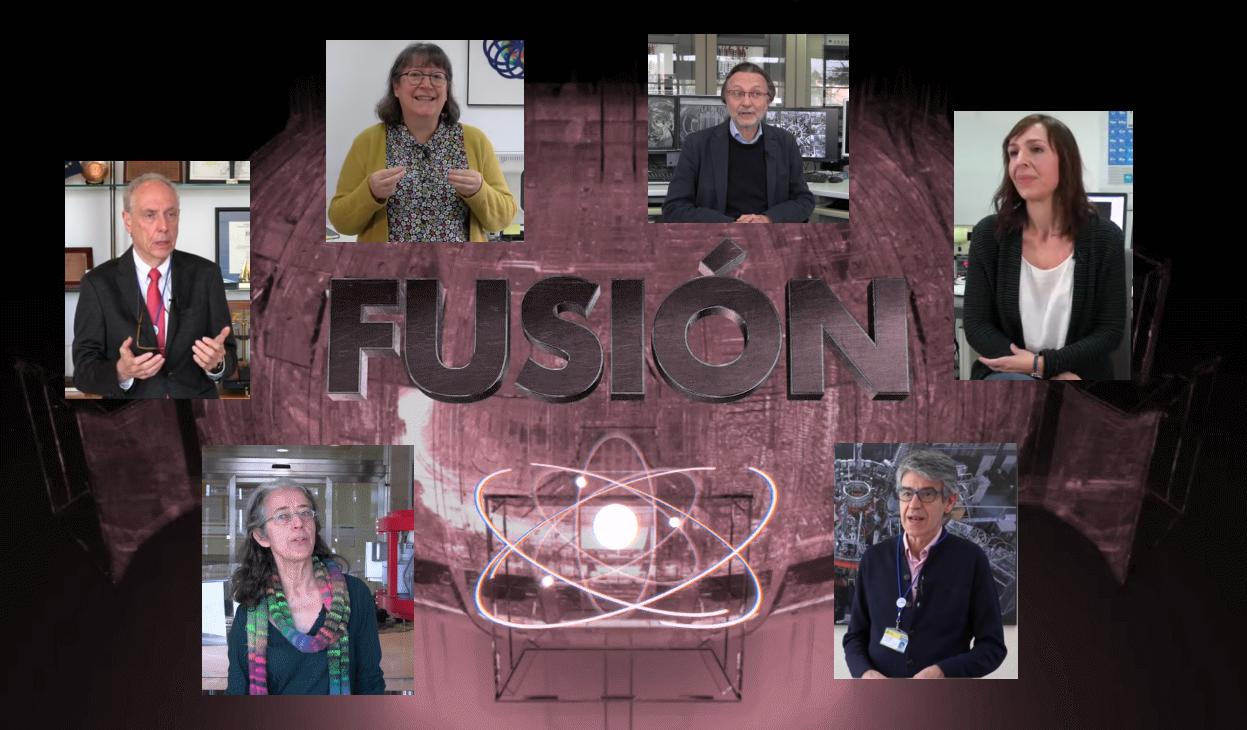
Last February, a press release was issued communicating that a team of European scientists from many sites and laboratories working together at the JET fusion reactor in Culham, UK, were able to produce a stable plasma with an energy output of 59MJ, the largest ever achieved at a fusion reactor and a historic deed in the road towards energy production through fusion plasmas.
To celebrate this memorable achievement, the Spanish Centre for Energetic, Environmental and Technological Research (CIEMAT) released a series of videos highlighting the role of CIEMAT and, in general, Spanish research, in the path to this accomplishment at JET.
Carlos Alejaldre
The managing director of CIEMAT released a statement emphasising the role of Spain in fusion research. He explained that the research carried out in Spain covers all the fields needed to achieve a complete fusion machine: from fundamental physics to the necessarily associated technologies. CIEMAT also plays an important role in ITER, providing new diagnostics and supporting the entire Spanish industry, currently the third in the number of contracts in ITER. Another fundamental strategic line is that of materials research, installing in Granada the accelerator that will test materials for ITER, the IFMIF DONES.
Carlos Hidalgo
The deputy managing director of CIEMAT was asked about the time frame for the attainment of fusion energy. He replied that the obtainment of fusion energy as practical energy requires integrating highly advanced science and technology. The construction of DEMO will take place when Deuterium-Tritium fusion is achieved at ITER, starting in 2040. The Spanish National Fusion Laboratory contributes to this goal with an ambitious research program.
Elena de la Luna
Research scientist at the National Fusion Laboratory and one of the task force leaders of the record-breaking experiments at JET. She spoke about the importance of the presence of tritium in these experiments at JET. She clarified that tritium is not usually utilised because its use implies an increase in cost and complexity. Deuterium or hydrogen are normally employed, which are sufficient to study the physical properties of plasmas. However, there are important physical phenomena for fusion reactors that can only be studied if tritium is present in the plasma. As of today, JET is the only reactor that can use tritium. The closeness to ITER in size and design and the presence of tritium explains the large interest of the whole fusion community in the results of these experiments.
Joaquín Sánchez
The managing director of the National Fusion Laboratory focused his intervention on the industrial aspects of the fusion program coordinated by CIEMAT. Between 2000 and 2007, Spain was the first industrial supplier of the JET program, while in ITER it is currently the third supplier behind France and Italy, with contracts that reach 1 billion euros, ranging from civil engineering to high technology such as toroidal field coils, first wall layers, etc.
Emilia Solano
Senior research scientist at CIEMAT and one of the scientific coordinators of the record-breaking JET tritium experiments, she coordinated the work of a team of international scientists studying the formation of an insulating layer at the edge of the plasma. It is a process that depends on the composition of the plasma, which is precisely why it is important that these experiments have been run with tritium. She declared to be excited and exhausted after the JET campaign, and wanted to highlight the collaboration and contributions of the women in the team from CIEMAT, the University of Seville and our Fusion Team at the BSC.
Cristina de la Morena
Researcher at CIEMAT, she finished this series of videos speaking about the scientific and technological challenges that the fusion community has yet to face. For example, at CIEMAT they have committed to the IMF DONES project, which is directed at the study of materials that will make up future fusion devices. The material needed for this task is deuterium, which can be found in seawater, and tritium, which is generated in the fusion plant itself. For this reason, the countries that will dominate production will not be those that have the greatest number of fossil resources and raw materials for random geological reasons, but those that are committed to innovation, research and technology.
